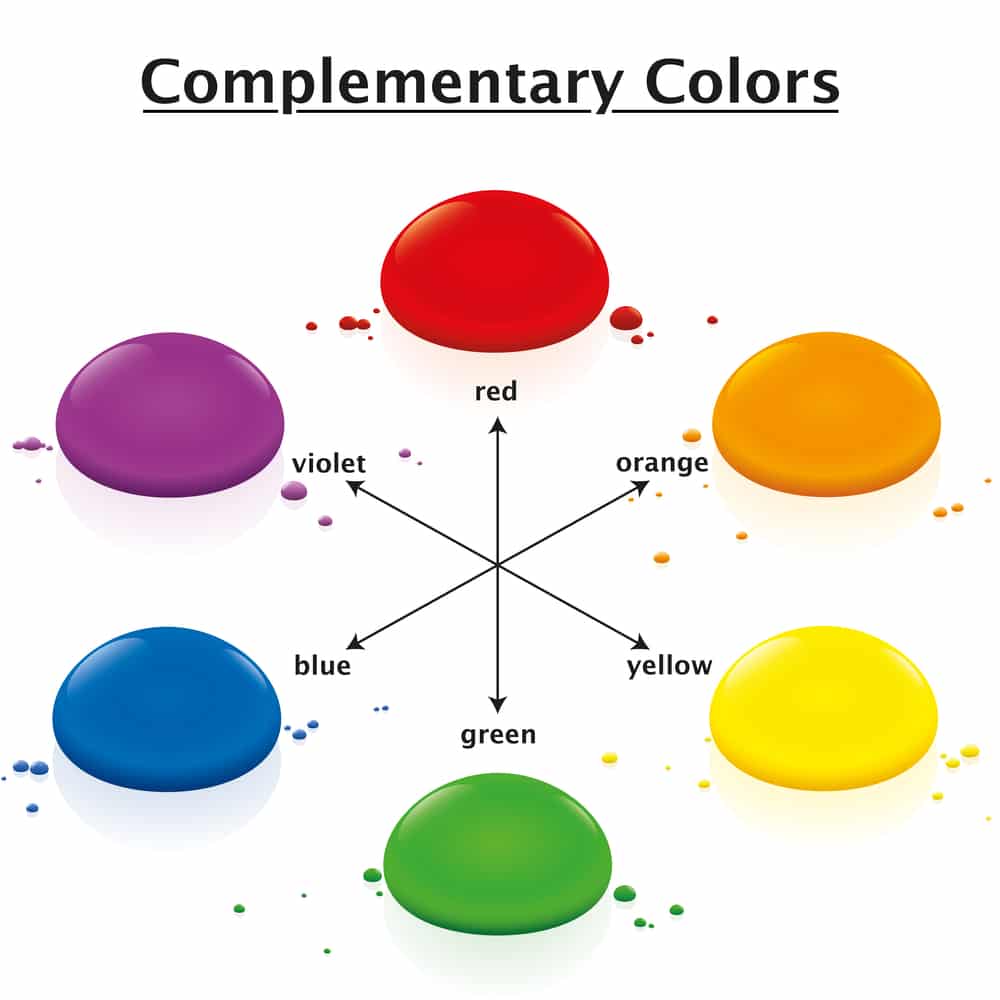Finding the perfect shade of black paint for your home renovation projects sometimes causes trouble, whether you’re using black as your interior paint or creating black bedroom walls. But it’s not something to worry about because you can make the perfect shade of black paint at home by using the color-mixing technique. This technique allows you to tailor the shade of black to your specific requirements. Come with us and discover the techniques and tips on making black paint using various color-mixing methods.
Essential Materials for Making Black Paint
The materials needed to make black paint are:
Base Medium
You can use acrylic, oil, watercolor, or any other paint medium of your choice.
Pigments
Carbon black, iron oxide, and bone black are common black pigments.
Mixing Tools
Palette knives, mixing bowls, or a mechanical mixer.
Binder
For homemade paint, you can require an acrylic medium for acrylic paints or linseed oil for oil paintings.
DIY Methods to Make Black Paint
To make your own black paints at home, you should have knowledge of color mixing and the color wheel. This understanding of color mixing will help you in making black paint using primary, secondary, and tertiary colors
Method 1
Mixing Primary Colors

Mixing the three primary colors is one of the easiest and most simple methods to make black paint.
- Red
- Blue
- Yellow
Step-by-step Instructions
- First of all, fill your palette with equal amounts of red, blue, and yellow paint.
- Thoroughly mix them using a brush or palette knife.
- Adjust the proportions if necessary until you achieve the desired shade of black. If the mixture seems too green, add a little extra red, and if it’s too purple, add more yellow.
Method 2
Combining Dark Colors
To make a deep and intense shade of black paint, you can mix existing dark colors
- Dark Blue (Navy or Prussian Blue)
- Dark Brown (Burnt Umber or Raw Umber)
Step-by-step Instructions
- Mix equal amounts of dark blue and dark brown.
- Mix them well until you get a smooth, even color.
- To achieve the ideal shade of black, adjust the mixture by adding extra brown or blue.
Method 3
Using Complementary Colors

Another effective method of making black paint is to use complementary colors that are opposite each other on a color wheel.
- Red and Green
- Blue and Orange
- Yellow and Purple
Step-by-step Instructions
- Choose a duo of colors that go well together.
- Combine equal parts of the selected pair on your palette,
- Adjust the proportions as needed to get the desired shade of black. This technique uses complementary colors to produce a deeper and more nuanced black.
Method 4
Using Commercial Black with Tints and Shades
Sometimes, using commercial black paint as a base and adjusting it with tints (adding white) or shades (adding gray) can produce the exact shade of black you need.
- Carbon Black: Known for its deep, intense black.
- Iron Oxide: Provides a warm black with brownish undertones.
- Bone Black: Offers a more natural, slightly transparent black.
Step-by-step Instructions
- Start with a small amount of black paint.
- Add white or gray gradually to change the color’s tone.
- Mix thoroughly and test the color on a scrap material to see how it dries.
Tips for Perfecting Your Black Paint

Test and adjust
Always test your mixed black on scrap paper or canvas before adjusting. As the paint dries, colors can change, so adjust as required.
Keep a Record
Note the color proportions utilized for future reference. If necessary, you can use this to replicate the exact color of black.
Experiment with Textures
Adding different mediums (like matte or gloss finish) can change the appearance of your black paint, giving you more creative control.
Consider the Lighting
The appearance of your black paint can vary under different lighting conditions. Make sure you test your color in the intended usage context.
Common Mistakes to Avoid
Overmixing
A murky color rather than pure black can arise from mixing too hard or too long.
Ignoring dried Time
The appearance of wet and dried paint varies. It is best to always wait for your samples to dry before drawing any conclusions.
Using Low-Quality Paints to Make Black Paints
The low pigmentation of cheap paints can affect the quality and intensity of your black tone.
Conclusion
Learning how to make black paint through various color-mixing techniques is a fun and exciting activity. You can experiment with the primary, complementary colors and dark hues; you can achieve a customized shade of black that suits your artistic vision. Keep experimenting and practicing to create a shade of black to enhance your painting projects with unique, tailor-made shades.

